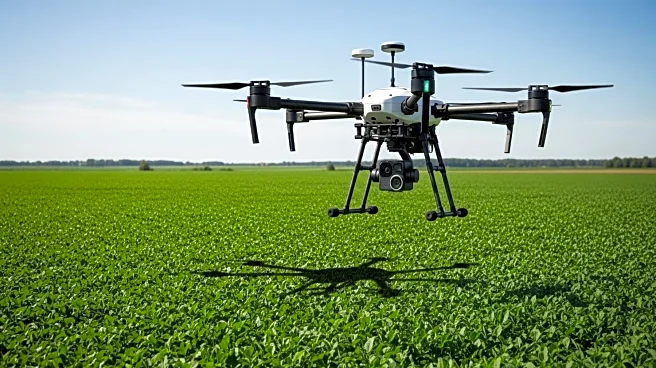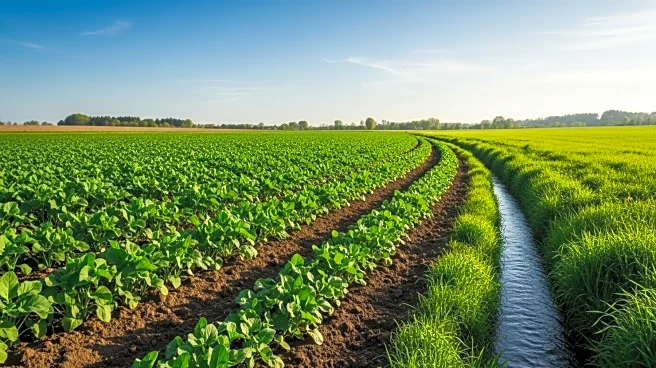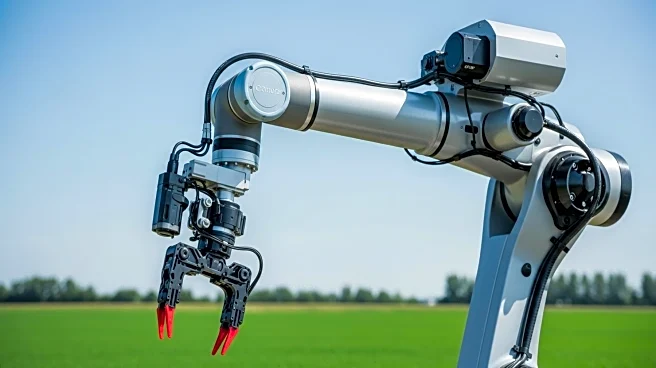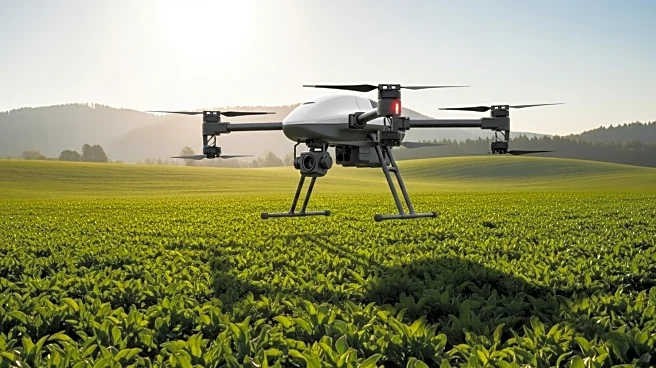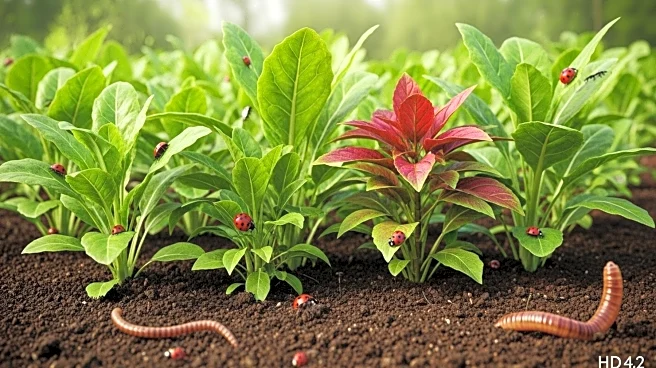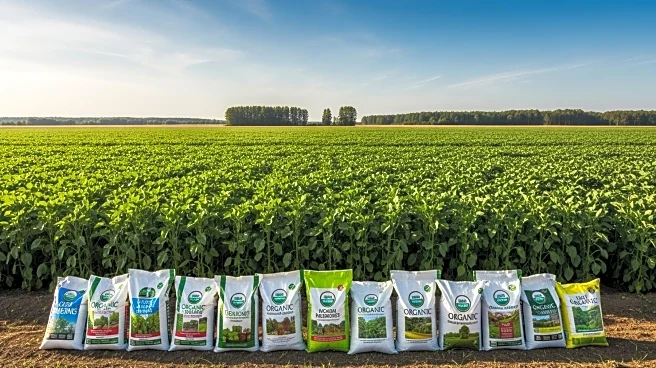What's Happening?
The global carbon farming market is expected to grow from $113.36 million in 2024 to $330.01 billion by 2032, with a CAGR of 14.29%. This growth is driven by rising food demand, agricultural emissions, and climate mitigation needs. Carbon farming practices, such as soil management, agroforestry, and livestock-crop systems, capture and store atmospheric carbon, offering environmental and economic benefits. Europe leads the market with supportive policies under the EU Green Deal, while Asia-Pacific is the fastest-growing region due to expanding adoption of sustainable systems.
Why It's Important?
Carbon farming represents a significant opportunity for reducing agricultural emissions and contributing to global climate goals. By integrating sustainable practices, farmers can enhance soil health, increase biodiversity, and generate additional revenue through carbon credits. The market's growth reflects a shift towards sustainable agriculture, aligning with corporate sustainability commitments and government incentives. This transition could help mitigate climate change impacts and promote food security.
What's Next?
As the carbon farming market expands, stakeholders may focus on overcoming measurement and verification challenges to scale projects globally. Technological innovations, such as blockchain-based transparency tools, could improve credibility and facilitate market growth. Governments and corporations may increase investments in carbon farming initiatives, further driving adoption and innovation in sustainable agriculture.
Beyond the Headlines
The rise of carbon farming highlights the intersection of agriculture and climate policy, emphasizing the need for integrated approaches to environmental sustainability. It also raises ethical considerations about land use and the balance between food production and carbon sequestration. The market's growth could influence global agricultural practices and contribute to long-term climate resilience.

